Key Points and Summary- While a U.S.-China nuclear war is not inevitable due to mutual deterrence, the risk of “accidental” escalation is rising.
-China’s rapid nuclear expansion—adding 100 warheads annually since 2023—erodes stability.
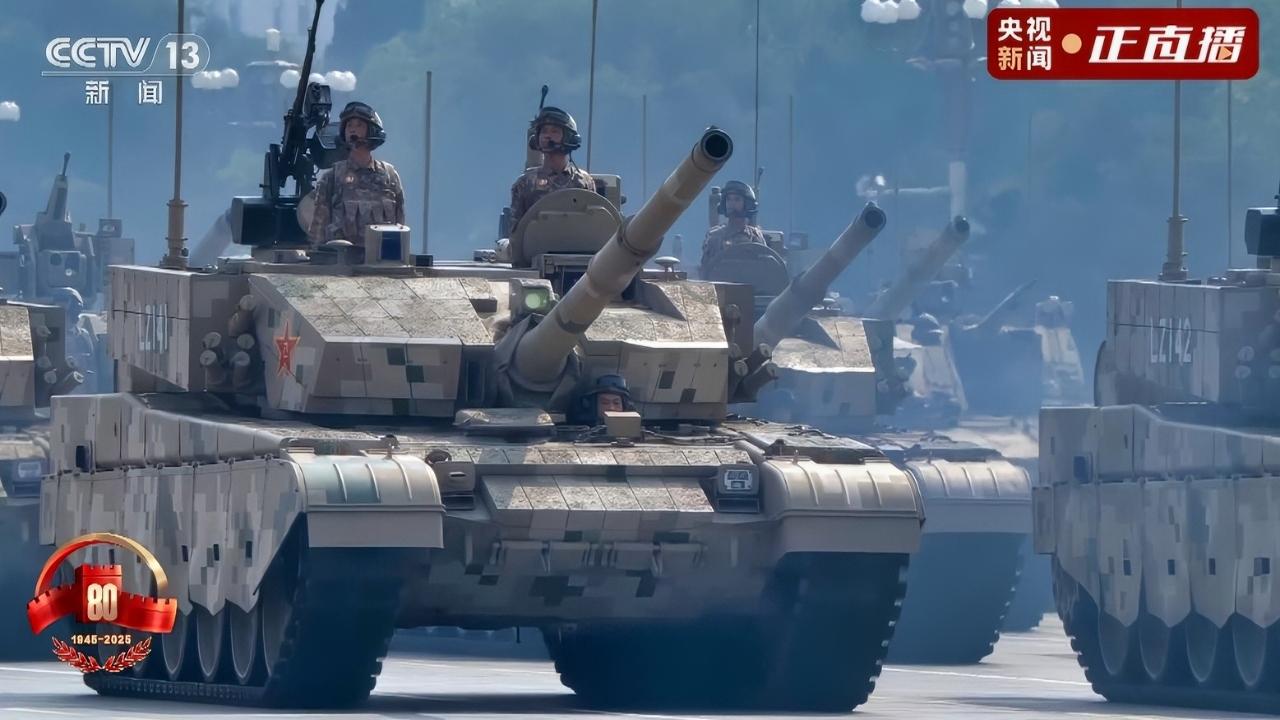
Type 100 Tank from China. Chinese Media Screenshot.
-A future conventional war, fought at “blinding speed” with cyber and space weapons, could lead to a tragic miscalculation.
-A U.S. conventional strike on a “dual-use” Chinese target might be misinterpreted as a disarming first strike, prompting a nuclear “use or lose” response.
-Without new arms control dialogues, the world risks “Thucydidean” forces of fear and mistrust tragically leading to a war no one wants.
The U.S.-China Nuclear War Threat?
A nuclear war between China and the US is not inevitable.
Both know that the price would be incalculable; both have powerful incentives to avoid it. But rational aversion to war — conventional or nuclear — is not always sufficient to prevent war.
As Thucydides wrote over two millennia ago, the forces of fear, honor, and interest—the eternal causes of state action—can lead to wars that no one wants.
In the 21st century, the same forces might well be at play in the growing—and increasingly fraught—competition between the United States and China.
And even as Beijing and Washington act rationally, the structures of power, pride, and paranoia in which they move can still make disaster possible.
The Erosion of Deterrence
Since 2023, Beijing has added to its arsenal at a rate of about one hundred warheads per year, now possessing at least six hundred and counting.
The U.S. intelligence community has assessed that this “rapid expansion,” combined with the collapse of arms-control agreements, is likely to be “the most significant driver of the threat environment” for the rest of the decade. China’s official doctrine of “no first use” and limited nuclear use remains in place, but its deployment of more survivable missiles, new launch platforms, and more capable sensors is undermining the mutual understanding that once stabilized the nuclear relationship.
The world is entering a period when both capabilities and uncertainty are growing—just the combination that makes escalation harder to control.
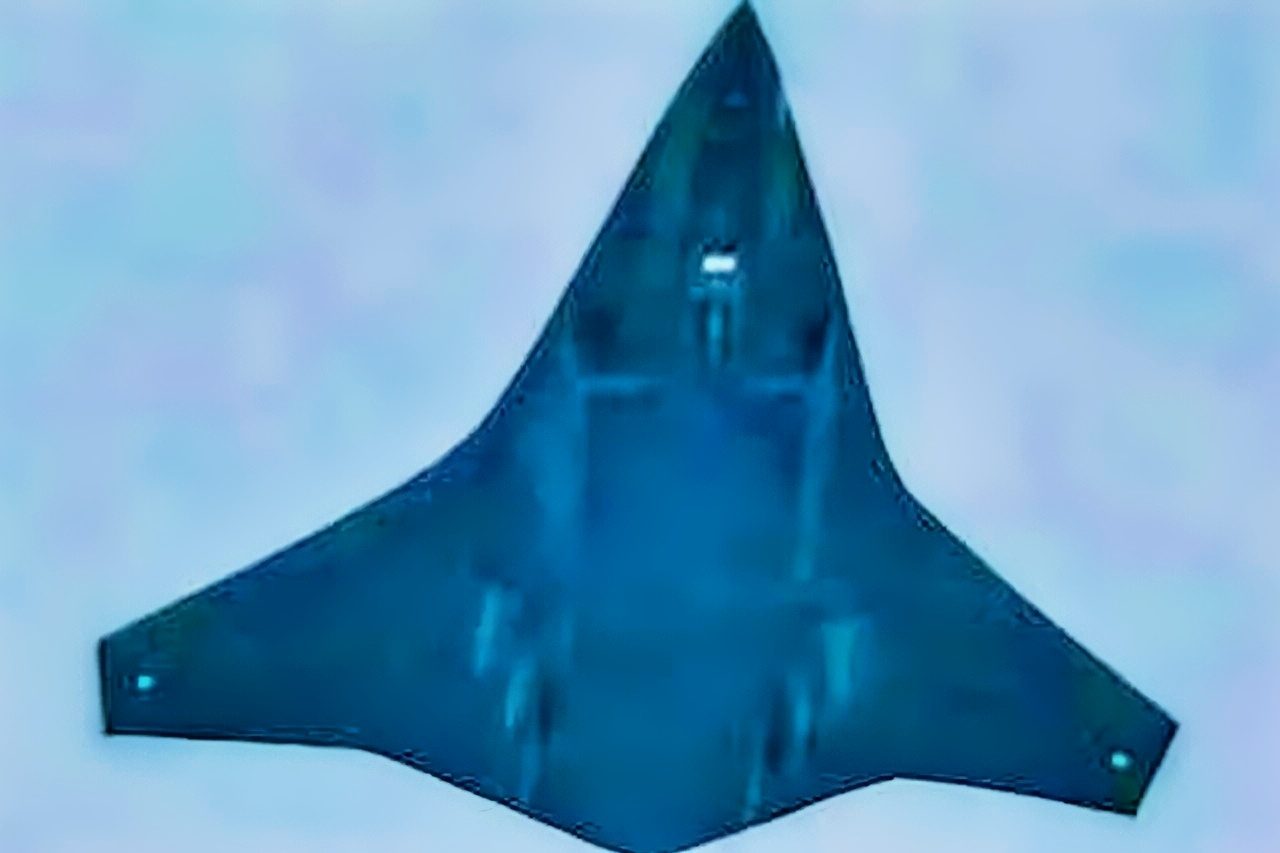
China Stealth Fighter Screenshot from X Platform
This does not mean that a nuclear war between the United States and China is preordained.
The most plausible contingencies between the two would begin—and might remain—entirely conventional.
Both sides have powerful incentives to keep it that way. Economic interdependence, political legitimacy, and the mutual knowledge that nuclear use would destroy what each most values are all powerful disincentives to crossing the nuclear threshold. In past statements and international exercises, Beijing has signaled that it would reserve nuclear use for existential threats, a stance that, in a limited war, might keep nuclear restraint in place. Deterrence, at least for now, still works.
The logic of mutual vulnerability has been battered but not broken. The Cold War’s “mutual assured destruction” may not map perfectly onto the U.S.–China relationship, but the central idea remains: each side fears what the other can do. China fears an American counter-force strike; the United States fears a sudden Chinese launch. Both understand that a nuclear war would be catastrophic.
This mutual recognition breeds caution. In war games that model U.S.–China conflict scenarios, participants often escalate conventional violence to extraordinary levels but draw back at the nuclear threshold, revealing an instinctive sense of the abyss that lies beyond it.
The Rising Risk of Escalation
But the guardrails are eroding.
A conventional war in East Asia today would unfold at blinding speed, in multiple domains—air, sea, cyber, and space—all threaded through dense networks of sensors and automated command systems. In such an environment, uncertainty and fear can become as dangerous as intent.
A conventional attack against dual-use targets such as radar installations, missile batteries, or submarines might easily be seen as an attempt to degrade a second-strike capability. Even a limited operation by the United States could be seen in Beijing as the opening phase of decapitation. In that moment, the rational logic of deterrence gives way to the tragic logic of “use or lose.”
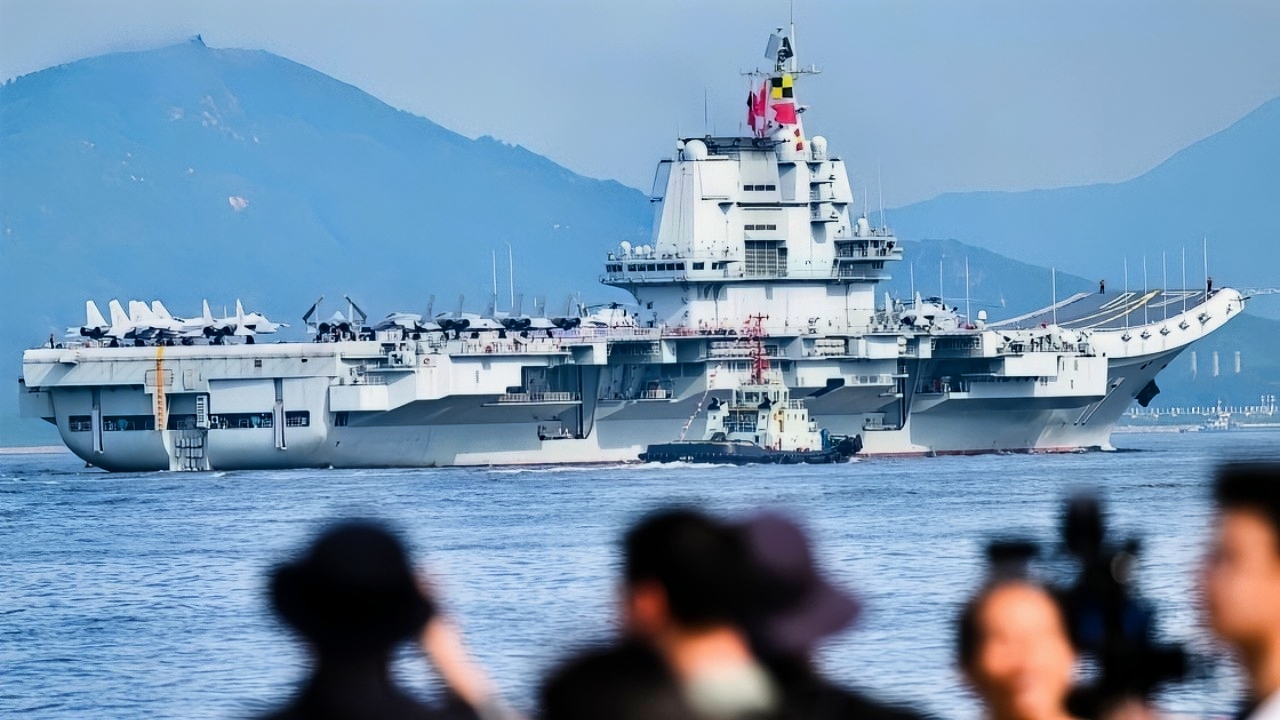
China Aircraft Carrier in Port. Image Credit: Chinese Navy.
The arms race itself fuels the danger. The era of nuclear reductions is over. New delivery systems, increased warhead production, and the development of exotic technologies—hypersonics, space-based sensors, autonomous targeting—are all eroding the predictability on which deterrence depends.
The frameworks that once moderated this competition are collapsing.
What is left is a volatile brew of modernization and mutual mistrust. The more each side tries to secure itself, the less secure both become—a paradox that would not have been unfamiliar to Thucydides.
The Pathways to Nuclear Use
If war does come, the slide from conventional to nuclear could follow several plausible paths. A conventional strike on Chinese nuclear or dual-use assets could be misinterpreted as a disarming first strike, prompting nuclear retaliation from Beijing.
Or China, fearful of an imminent U.S. strike and unwilling to lose its retaliatory capacity, might use a small number of nuclear weapons preemptively to try to compel Washington to back down—a move aimed at restoring deterrence through shock.
Or a false alarm, a cyber intrusion, or a misinterpreted military exercise could trigger a hair-trigger response before either side understood what had happened.
In each pathway, there is a tragic choice: in the crucible of a major crisis, one side or the other might be left with the unbearable choice between accepting defeat—backing down, losing a conventional war, or risking a crippling first strike—and using nuclear weapons. And even if nuclear use were limited, its effects would be unpredictable.
A single detonation intended as a warning could instead produce uncontrolled escalation. What one side sees as coercive restraint, the other might see as the opening salvo of annihilation.
The grim truth is that nuclear use might not end the war; it might transform it. One side might step back, horrified; the other might press forward in fury or fear. History gives no warrant that reason would prevail once the nuclear threshold has been crossed.
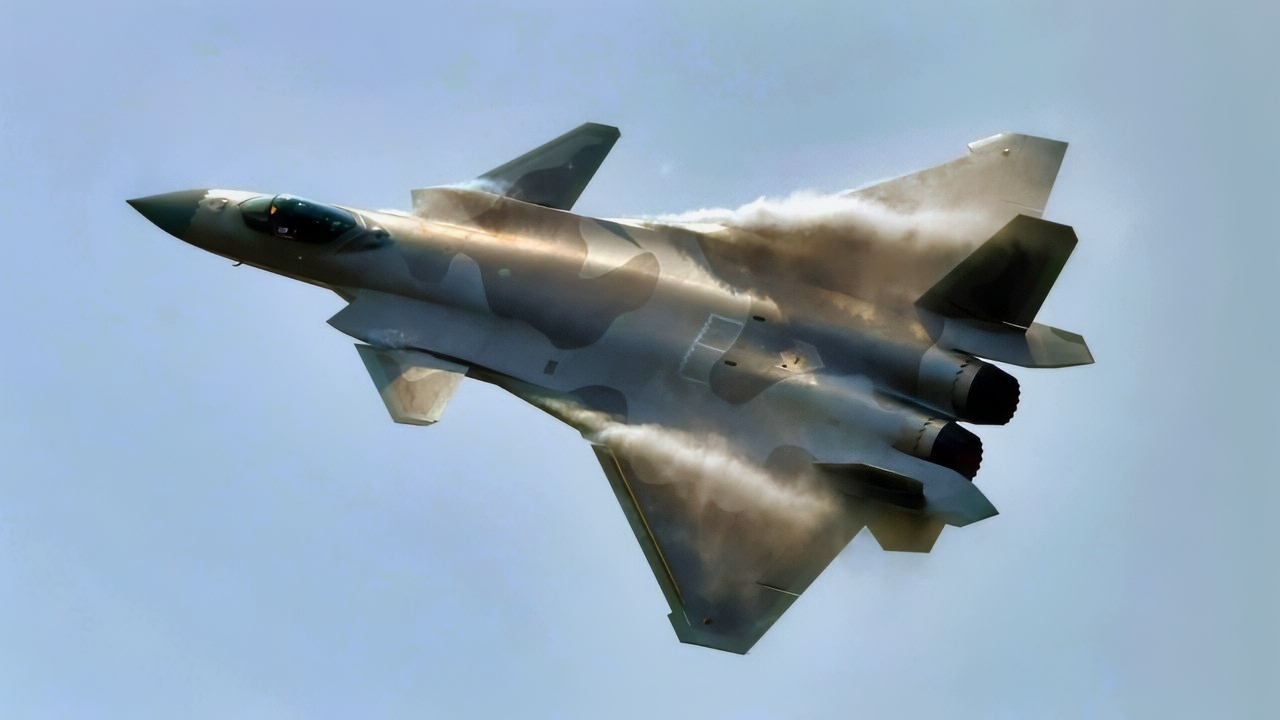
China J-20 Fighter in Camo 2021. Image Credit: Creative Commons.
Preserving Stability in an Age of Instability
The lesson is that crisis stability must be restored before it is tested. Both Washington and Beijing must work to strengthen communication channels, safeguard command and control, and revive serious arms-control dialogues.
Even limited agreements on transparency, on reducing the risk of misinterpretation of dual-use systems, or on notification of exercises could help to reinject friction into the hair-trigger machinery of deterrence. The goal is not to end rivalry but to manage it, to keep fear from turning into fatalism.
If deterrence fails, it is much likelier to do so not through deliberate aggression but through accident, panic, or the tragic logic of reciprocal fear.
A nuclear exchange, if it ever occurred, would not only destroy those nations but would also mark the ultimate failure of the international system to restrain itself. The United States and China still have time to prevent that outcome, but time alone will not do the work.
Seen from Washington, the central mission of American strategy is to maintain those disincentives to crossing the nuclear threshold. And that is the most prudent course.
Thucydides would have seen the risk, however: that when fear, pride, and necessity meet, even prudent states can do imprudent things. The lesson of tragedy is not that disaster is inevitable, but that it becomes possible when power and hubris outrun restraint— a truth as old as Athens and no less true in the Indo-Pacific today.
About the Author: Dr. Andrew Latham
Andrew Latham is a non-resident fellow at Defense Priorities and a professor of international relations and political theory at Macalester College in Saint Paul, MN. You can follow him on X: @aakatham. He writes a daily column for the National Security Journal.
More Military
How an F-16 Fighter Barely Dodged 6 Surface-to-Air Missiles
The Mach 2.15 F-111 Aardvark Has a Message for the U.S. Air Force
The U.S. Army’s Bradley Fighting Vehicle Has a Message for Any Military On Earth
The U.S. Navy’s Great Missile Shortage
The F-14 Tomcat U.S. Navy Fighter Has A Message for Any Military On Earth


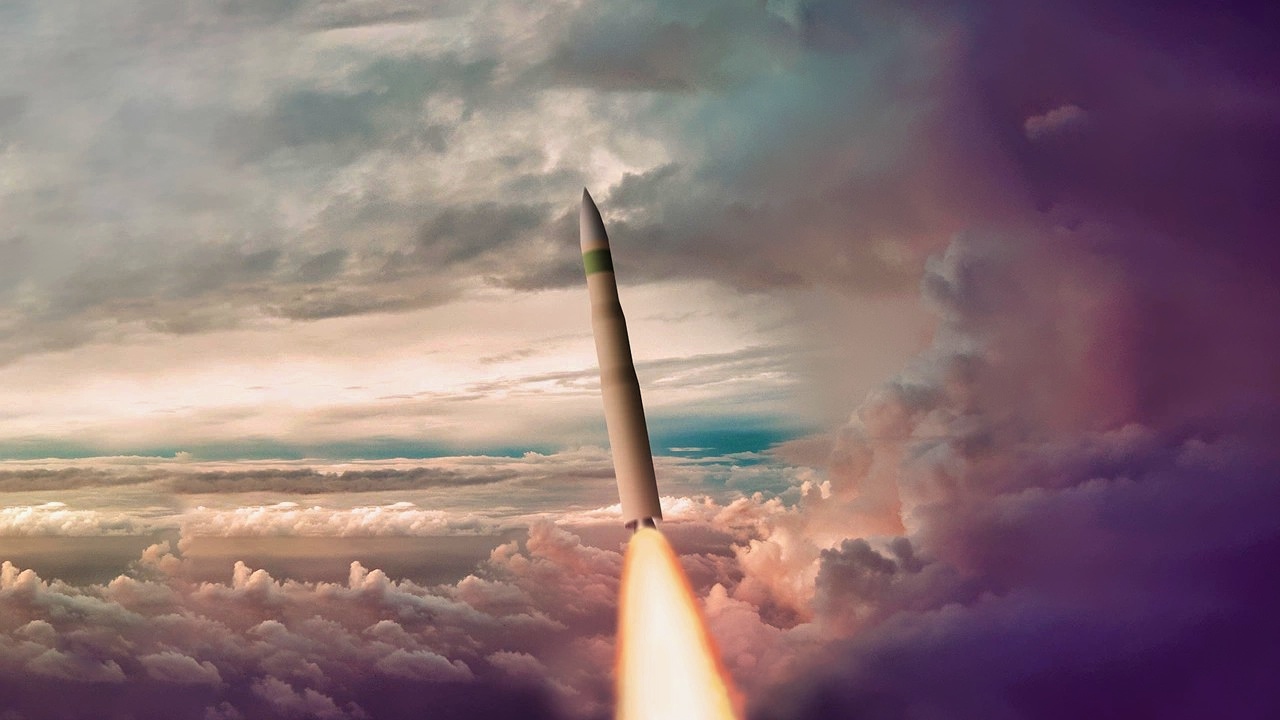








bis-biss
October 29, 2025 at 1:26 pm
In the coming pacific war 2.0, or sino-US taiheiyo senso, one or likely, both sides, will resort to the use of nuclear weapons.
That’s why the DoD is secretly and earnestly pursuing weapons like the LRSO and the HACM.
Both are air-launched weapons, luggable by bombers like the b-52 and b-2 and f-18.
Nuclear weapons like the LRSO are tactical nukes, designed to finish off the enemy’s forward defense strongpoints.
Once that job has been done or completed, the pac forces will quickly deliver an ultimatum to the govt head in beijing to surrender or else.
Or else, it’s gonna be your mega cities next.
That scenario could well happen sometime in 2027.
2027 is the year to watch for.
1KoolKat
October 29, 2025 at 2:35 pm
First: There has never been a hot war between two nuclear powers, so any conflict would be unprecedented.
Second: Any conflict between two nuclear powers is too unpredictable and could spiral out of control. With national survival at stake, it’s very unlikely that such a conflict would happen.
Three: Eight decades without nuclear war didn’t happen by chance; it was because deterrence worked. So, any major great power war would only occur if deterrence fails. And failure means catastrophe.